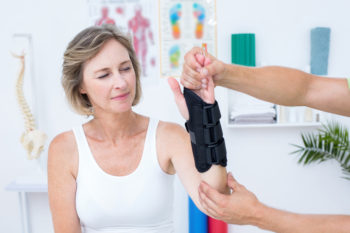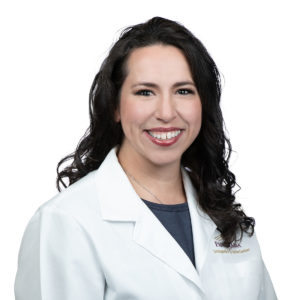Did you know that If you suffer a fracture due to compromised bone quality (commonly known as osteoporosis), your risk of breaking another bone in the next 5 years is 55%? If you are over the age of 50 you are at risk for osteoporosis. In fact, one in every two women and one out of every 4 men will break a bone due to osteoporosis. Osteoporosis fractures can be serious. They can actually even be deadly. For older adults who suffer a hip fracture, 25% them die within the year following the fracture. Another 25% go to a nursing home and of the remaining 50% – only 15% of them will return to walking unassisted within six months. So, it’s important to treat osteoporosis so that you can have healthy bones and avoid these life-changing injuries.
Unfortunately, eighty-four percent of our population is not tested or treated for osteoporosis following a fracture, yet we know that half of repeat bone breaks could be avoided with proper diagnosis and treatment. In the last 50 years, great progress has been made in the way we evaluate bone health and how we treat osteoporosis and metabolic bone disorders.
Today we know what affects your bone health. Your medical history (since the day you were born), medications that you take, where you live and what kind of work you do, and how active you are and what genetic makeup you have, all of these will affect your bone health. Many medical conditions and the medications that are used to treat them can contribute to weak bone and predispose you to a fracture. Some of these conditions include:
- Diabetes
- Lupus and RheumatoidArthritis
- Hyperthyroidism
- Celiac Disease
- Asthma
- Multiple Sclerosis
- Gastrointestinal conditions that are related to malabsorption
Our goal at the Fracture Prevention Clinic is to provide a thorough and detailed analysis of your bone health. From there, we create an individualized plan to help you get strong and healthy bones, so that you can avoid another fracture.

